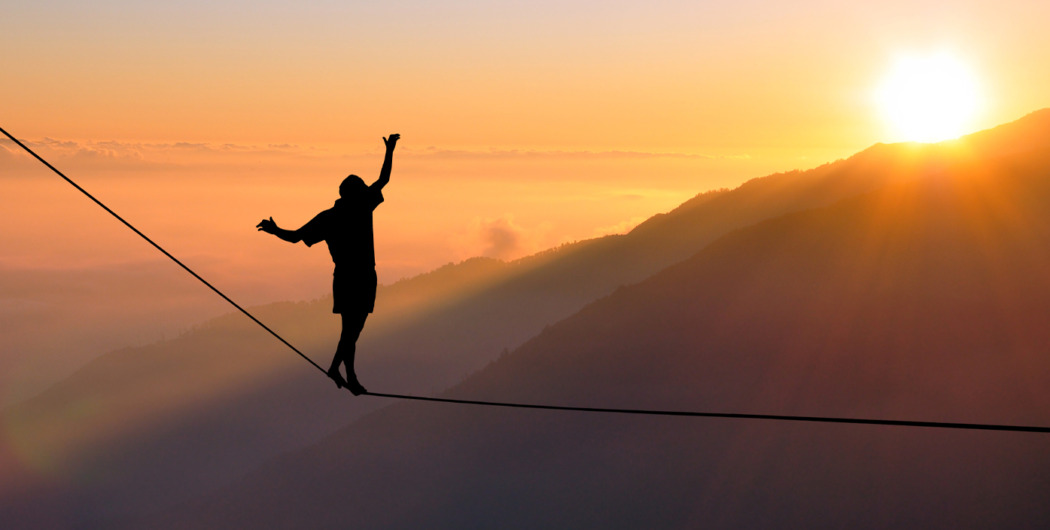

The thrill of adrenaline adventures increases your breathing rate, heart rate, and blood pressure, which gives you a boost of energy and sharpens your senses. This hormone also blocks the sensation of pain and can even cause “hysterical strength.”
There have been many documented cases of displaying extreme physical strength because of adrenaline. For example, in 2013, teenage sisters Hannah and Haylee lifted a tractor. A 72-year-old man lifted a Jeep the same year. Jack Kirby saw a woman lift a car off her baby in 1962 and was inspired to create the Hulk.
Below is a selection of some of the most intense adrenaline activities in the air, on land, and on water.
1. Acro-paragliding
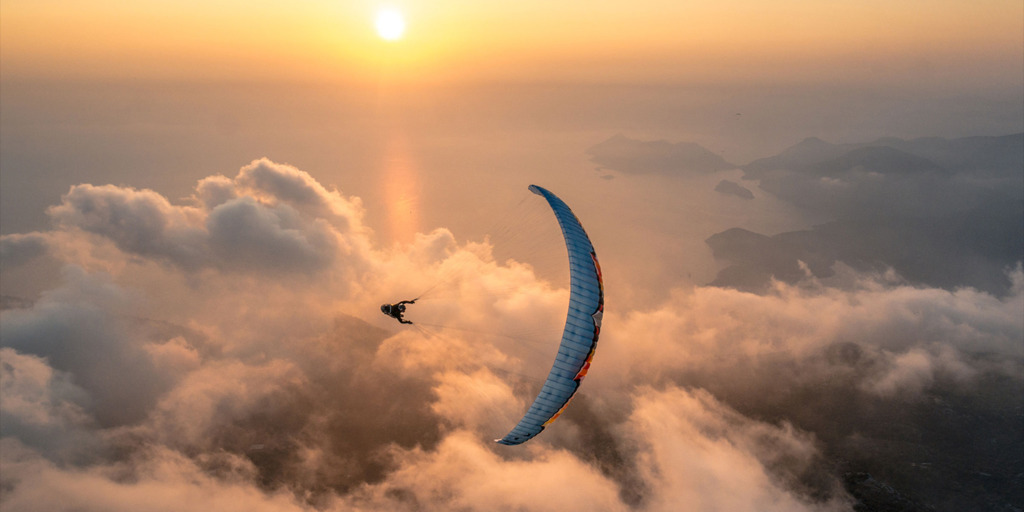
Acro-paragliding (short for aerobatics paragliding) is more extreme than paragliding itself. This sport involves making all sorts of spectacular acrobatic tricks in the sky, like loops and turns. Freestyle flying can be nerve-wracking as is, but aerobatics intensifies the experience even more.
These are a few acro-paragliding stunts that you shouldn’t try at home:
- Obstacle flying: getting extremely close to obstacles, like cliffs, buildings, radio towers, etc.
- The deep spiral: dropping altitude incredibly fast
- The helicopter: rotating the wing of the paraglide in a controlled and slow spin
- Infinity tumbling: performing consecutive pirouettes and tumbles
- Synchronized pitch pendulums: two paragliders flying alongside each other and performing tricks
2. Motocross

Motocross is racing over rough terrain with different obstacles. A few facts about motocross: it’s considered more demanding than other racing sports, you have to be in peak physical condition to rise, and no two courses are alike.
Motocross certainly boosts adrenaline. But it also requires you to be comfortable with intense emotions, control your panic, and find mindfulness. When you’re on track, the brain is working at full capacity; and when you get off the motorcycle, you’ll feel the same kind of relief and clarity as people do after skydiving.
3. Whitewater rafting
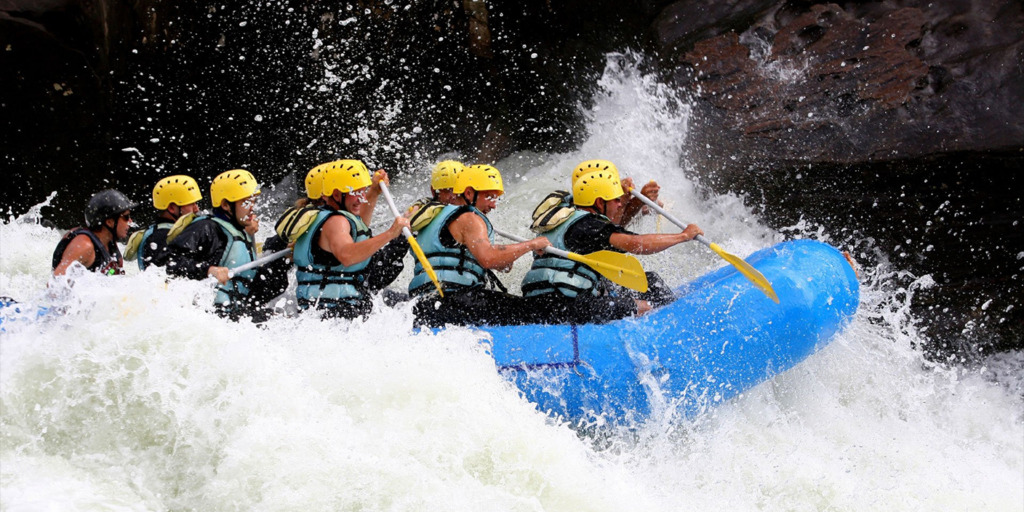
Whitewater rafting is a sport where you ride on a raft over rough, fast, and dangerous parts of a river. Most rafters prefer the shallow stretches of water called rapids, which are characterized by different levels of difficulty. Beginners stick to grades 1 through 3, and professionals can go as high as risky as 6.
Each session is slightly different—one day, the water can be too tame; another day, it can be too fast and intimidating. In any case, you need to be able to handle everything the river will throw at you.

4. Snowboarding
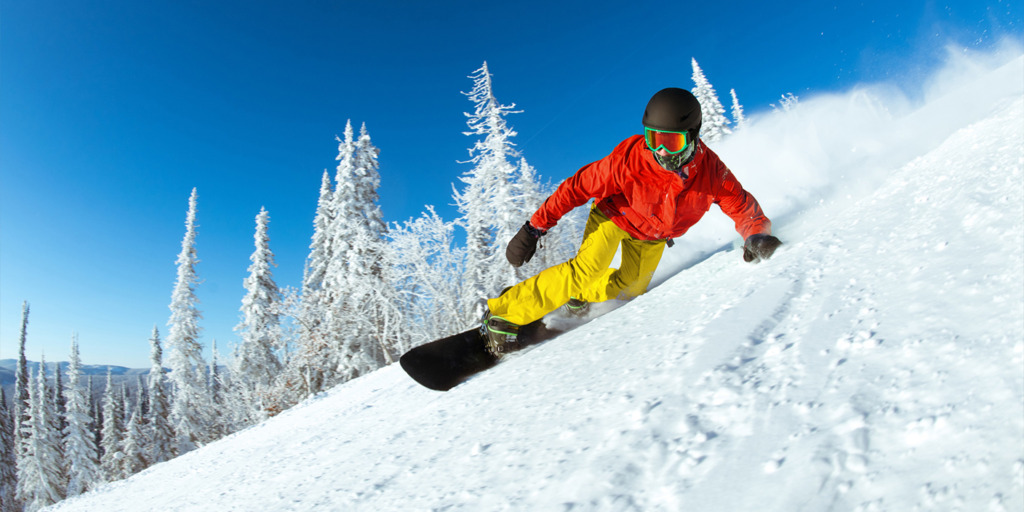
As you probably know, snowboarding is a winter sport that involves sliding downhill on snow. Depending on your level of skill, you can make a slow and steady descent or ride at speed and perform a few amazing tricks on the way down.
Freeriding in the backcountry, where you tackle natural challenges head-on, is certainly viewed as more adrenaline-fuelled than riding ski resort slopers. You can make it more dangerous through tricks, such as high speeds, hard carves, jumps off natural lips, etc.
Competitive freeriding is virtually non-existent because the point is to ride untouched lines. So, this is a sport for fun and pleasure.
5. Slacklining
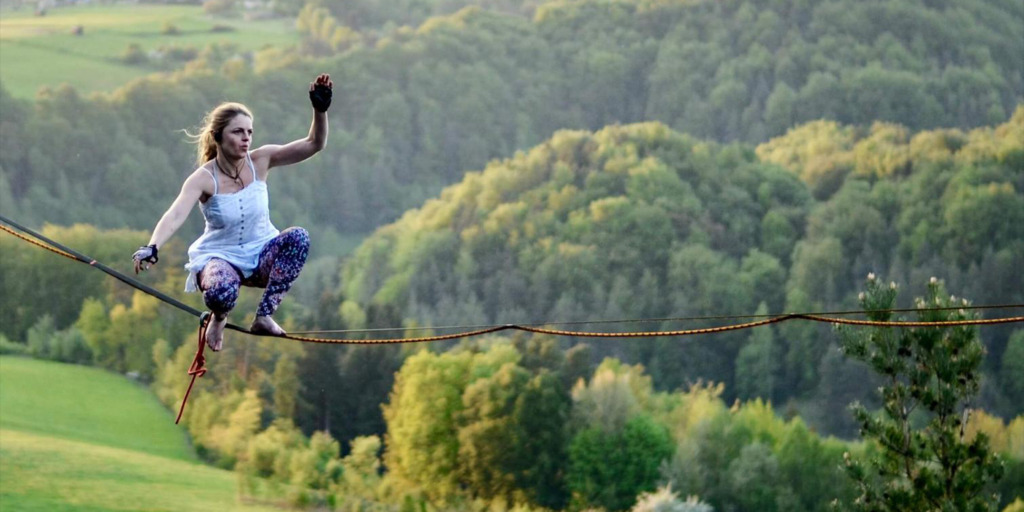
Slacklining entails balancing on a rope pulled between two fixed points. It’s similar to tightrope walking; but in this case, the rope stretches under load and behaves dynamically, making it easier to keep balance.
In most cases, slacklining is not extreme. But you can raise the stakes: secure the rope higher up, hover over the abyss, and pull a variety of dynamic tricks. Opt for a safety wire just in case, you’ll still feel the adrenaline rushing through your veins.
Final thoughtsSome people seek adrenaline rush as if they’re chasing a high, hence the terms adrenaline addiction and adrenaline junkie. But remember that a temporary rush of heightened sensations should not be the only fulfilling thing in your life. While it’s hard to compete with being in the sky or in turbulent waters, you should also be just fine with both feet on the ground.







